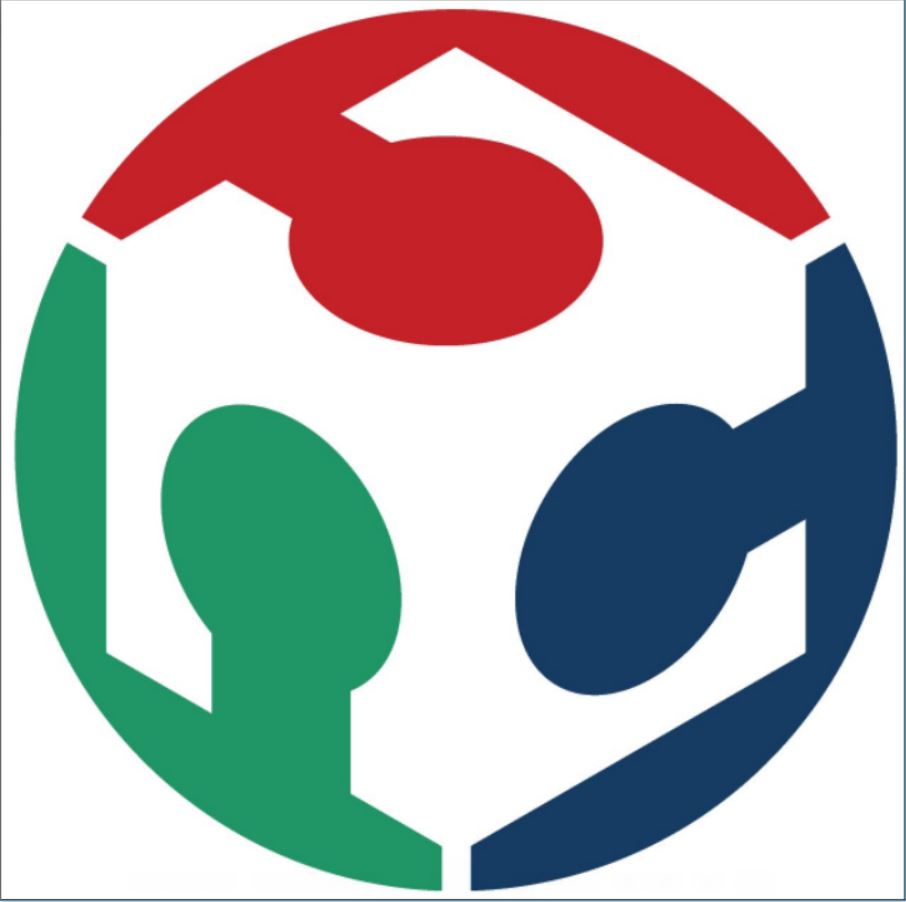Week Seventeen
Invention, Intellectual Property and Income.
Assignment
Open Source Intiative Licenses
Before Fab Academy I never really had any idea about 'Open Source' system and how it works. Here in fab accademy I've met some interesting people who works towards opensource ideology and I really liked the concept where everyone collectively works together for making something better evolving it through stages and it had some strong values. And I would like to make my project a opensource one as well because this could be the best way to develop my project further.
I'll be learning about different license types and how to implement them this week.The following are the different license types available.
For now I'll be looking into GPL, Creative Commons and MIT License.
GNU General Public License (GPL)
The GNU General Public License (GNU GPL or GPL) is a widely used free software license, which guarantees end users the freedom to run, study, share and modify the software. The license was originally written by Richard Stallman of the Free Software Foundation (FSF) for the GNU Project, and grants the recipients of a computer program the rights of the Free Software Definition. The GPL is a copyleft license, which means that derivative work can only be distributed under the same license terms. This is in distinction to permissive free software licenses, of which the BSD licenses and the MIT License are widely used examples. GPL was the first copyleft license for general use ~ Wikipedia
The the four common freedom a user have over a freedom software are:-
Creative Commons
This is the opensource licensing platform mainly used for design based projects. There are different CC licenses each granting different rights and privilages.
Creative Commons (CC) licenses are public licenses. You can use them to indicate what other people are allowed to do with your work. Each work is automatically protected by copyright, which means that others will need to ask permission from you as the copyright owner. CC licenses let you easily change your copyright terms from the default of “all rights reserved” to “some rights reserved.” They are legal tools to give permission in advance to share and use your work – on conditions of your choice. There are six different Creative Commons licenses: CC BY, CC BY-SA, CC BY-NC, CC BY-ND, CC BY-NC-SA, CC BY-NC-ND. The letter pairs indicate conditions for use. CC BY is the most open license. It allows the user to redistribute, to create derivatives, such as a translation, and even use the publication for commercial activities, provided that appropriate credit is given to the author (BY) and that the user indicates whether the publication has been changed. CC BY-SA is also an open license. The letters SA (share alike) indicate that the adjusted work should be shared under the same reuse rights, so with the same CC license. NC (non-commercial use) and ND (no derivative works) are conditions that make the CC licenses more restrictive and thus less open. The figure below shows a good overview of what each license permits you to do.(source:www.wur.nl)
MIT License
It is the most liberal than most other licenses and anyone can use and modify the software when they speacify original file and creator's name . The only condition is that it be accombanied by license agreement.The MIT license declaration is given below.
The MIT License
Copyright
Permission is hereby granted, free of charge, to any person obtaining a copy of this software and
associated documentation files (the "Software"), to deal in the Software without restriction,
including without limitation the rights to use, copy, modify, merge, publish, distribute, sublicense,
and/or sell copies of the Software, and to permit personsf to whom the Software is furnished to do so,
subject to the following conditions:
The above copyright notice and this permission notice shall be included in all copies or
substantial portions of the Software.
THE SOFTWARE IS PROVIDED "AS IS", WITHOUT WARRANTY OF ANY KIND, EXPRESS OR IMPLIED, INCLUDING BUT
NOT LIMITED TO THE WARRANTIES OF MERCHANTABILITY, FITNESS FOR A PARTICULAR PURPOSE AND NONINFRINGEMENT.
IN NO EVENT SHALL THE AUTHORS OR COPYRIGHT HOLDERS BE LIABLE FOR ANY CLAIM, DAMAGES OR OTHER LIABILITY,
WHETHER IN AN ACTION OF CONTRACT, TORT OR OTHERWISE, ARISING FROM, OUT OF OR IN CONNECTION WITH THE
SOFTWARE OR THE USE OR OTHER DEALINGS IN THE SOFTWARE.
Dissemination
Licensing my work:I'll be using CC-BY-NC for my doccumentation puposes and CC-BY-SA for the design files and source codes.
Go to this link and follow the steps.
<a rel="license" href="http://creativecommons.org/licenses/by-sa/4.0/"><img alt="Creative Commons Licence" style="border-width:0" src="https://i.creativecommons.org/l/by-sa/4.0/88x31.png" /></a><br /><span xmlns:dct="http://purl.org/dc/terms/" property="dct:title">Smart Speaker</span> by <a xmlns:cc="http://creativecommons.org/ns#" href="http://fab.academany.org/2018/labs/fablabkochi/students/jacob-jose/project.html" property="cc:attributionName" rel="cc:attributionURL">Jacob Jose</a> is licensed under a <a rel="license" href="http://creativecommons.org/licenses/by-sa/4.0/">Creative Commons Attribution-ShareAlike 4.0 International License</a>."

